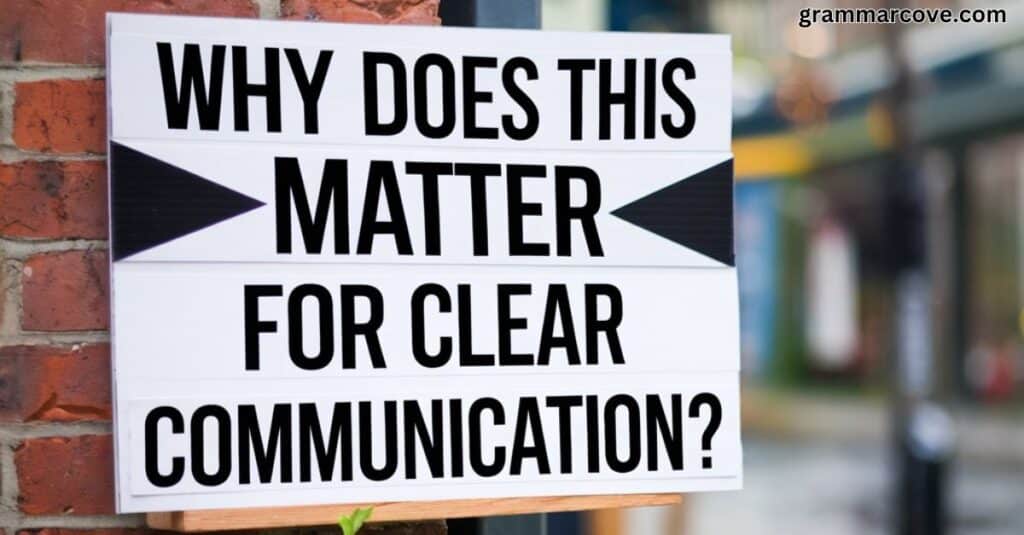Understanding English grammar can be tricky, especially when it comes to possessive form and plural forms of certain words. One of the most common areas of confusion is the difference between “family’s,” “families’,” and “families.” Each has a distinct meaning and use, depending on the context of ownership, plurality, or just regular usage.
In this guide, we’ll break down the meanings and provide examples to make sure you know how to use these words correctly in everyday communication.
Family’s (Singular Possessive)
The word “family’s” refers to something that belongs to a single family. This is the possessive form of the word “family,” which means it indicates ownership or association with one family.
Example in Context:
Imagine you are sending an email to a teacher about an upcoming event at home. You might say:
“Dear Mrs. Johnson,
Our family’s annual reunion will be taking place next weekend, and we won’t be able to attend the school event. Could we please reschedule the parent-teacher meeting?”
In this case, the family’s reunion means that the reunion belongs to a specific family — yours.
Another Example:
You might see this in everyday conversation as well:
“The family’s dog is very well-behaved.”
Here, family’s shows that the dog belongs to a single family.
Families (Plural Form)
The word “families” is simply the plural form of “family.” It refers to more than one family. There is no ownership implied here, just a group of families.
Example in Context:
Suppose you’re working on organizing a community event. In an email to your colleagues, you could write:
“Hi Team,
We expect several families to attend the community picnic. Can we ensure there are enough activities for kids?”
Here, you’re referring to multiple families attending the picnic, and there’s no possessive form involved.
Another Example:
You might hear something like this in casual conversation:
“There are many families living in this neighborhood.”
In this sentence, you’re referring to more than one family without indicating ownership.
Families’ (Plural Possessive)
Now, let’s tackle “families’.” This is the plural possessive form of “family,” meaning it shows ownership or association by more than one family.
Example in Context:
In an email about organizing a group trip, you could write:
“Dear Participants,
We will need to arrange for accommodations that suit all the families’ preferences. Could each family please let us know if they have any special requests?”
In this example, the families’ preferences refers to the preferences of multiple families.
Another Example:
Imagine you are discussing a neighborhood project:
“The families’ homes were beautifully decorated for the holidays.”
Here, “families’” indicates that multiple families own the homes that were decorated.
| Term | Type | Definition | Example |
|---|---|---|---|
| Family’s | Singular Possessive Form | Refers to something owned by or associated with one family. | “Our family’s vacation was amazing.” |
| Families | Plural Form | Refers to more than one family, without indicating ownership. | “Several families came to the picnic.” |
| Families’ | Plural Possessive Form | Refers to something owned by or associated with more than one family. | “The families’ concerns were discussed during the meeting.” |
This table breaks down the three terms to help clarify their meanings and correct usage, ensuring clear communication in written contexts.
Key Differences Summarized
- Family’s = Singular possessive form (Something belongs to one family).
- Example: “Our family’s vacation was wonderful.”
- Families = Plural form (More than one family).
- Example: “Several families came to the potluck dinner.”
- Families’ = Plural possessive form (Something belongs to more than one family).
- Example: “The families’ concerns were addressed during the meeting.”
Why Does This Matter for Clear Communication?

Understanding the difference between “family’s,” “families,” and “families’” is crucial for clear communication, especially in formal settings like work or education. Using the wrong form can confuse your readers and muddle your message.
For instance, if you accidentally write “family’s” when you mean “families’,” you might make it seem like only one family has ownership, when you really mean that many do. Misunderstanding or misuse of these forms can make your English grammar seem unclear or incorrect.
Scenario: Email Mix-Up
Imagine you are planning an event for multiple families and send out this email:
“Dear Neighbors,
We will be hosting a barbecue for all the family’s on Saturday.”
The word “family’s” suggests that the barbecue is only for one family, which isn’t what you intended. To fix this, you should say:
“Dear Neighbors,
We will be hosting a barbecue for all the families on Saturday.”
Now, the message correctly refers to multiple families attending the event.
Scenario: Correcting a Contract
In a legal or business document, precision matters even more. Let’s say you’re working on a housing contract and need to mention several homeowners. If you write:
“The family’s rights will be respected during construction.”
You’ve only mentioned the rights of one family. But what if you need to address the rights of multiple families? In that case, you should write:
“The families’ rights will be respected during construction.”
This makes it clear that all families involved have their rights respected.
Tips for Avoiding Mistakes
Here are a few quick tips to help you avoid common mistakes when using these terms:
- Possessive form always requires an apostrophe. If one family owns something, use “family’s.” If multiple families own something, use “families’.”
- To check whether you’re using the right form, replace “family” or “families” with a word like “group.” Would it make sense to add an apostrophe for ownership? If so, you need to use a possessive form.
- When in doubt, read the sentence aloud. Does it sound like you’re talking about one family or several? This can help you decide whether to use “family’s,” “families,” or “families’.”
- Remember, clear communication relies on your ability to convey the right meaning. If the sentence feels off, take a moment to ensure you’re using the correct possessive or plural form.
Practice Makes Perfect

Like many aspects of English grammar, mastering the difference between “family’s,” “families,” and “families’” takes practice. Try to write sentences using each form to solidify your understanding. It can also help to ask someone else to read your writing and provide feedback to ensure your message is coming across correctly.
Here are a few practice sentences to try:
- The families’ picnic was a huge success.
- Our family’s new car is a hybrid.
- Several families attended the open house.
Conclusion
In conclusion, whether you’re using family’s (singular possessive form), families (plural), or families’ (plural possessive), it’s important to understand the differences. By mastering these distinctions, you’ll be able to communicate with clarity and precision, especially in professional or formal settings. Always check your usage to ensure that your writing is accurate and free from confusion.
With a little practice, you’ll confidently handle these words in any context, ensuring your English grammar is flawless and your clear communication never misses the mark!

Steel Morgan is an experienced blogger passionate about language and writing. On Grammarcove. he shares his expertise in grammar, punctuation, and effective communication, making complex rules simple and accessible for readers. With a knack for clear explanations and engaging content, Steel aims to help others master the art of language.







